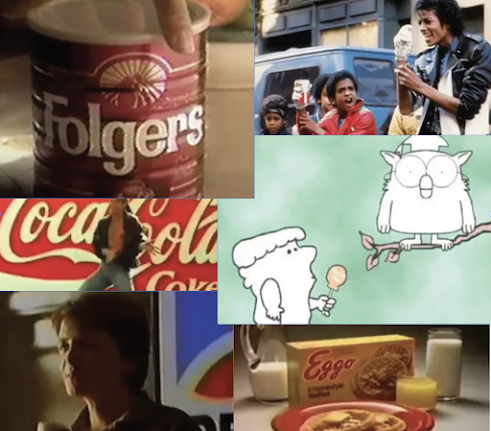So You Want To Be A Storyboard Artist? The Storyboarding Process
October 11, 2022
In its most basic form, storyboarding is telling the idea or story visually. What the author has written must be conveyed in a visual form to get an idea of how the story will play on the screen whether it be film, animation, or really, even a book.
Back in the day, Storyboarding was done manually. Storyboard artists drew thumbnails on paper by hand. These days, even though the industry standard is pretty much Storyboard Pro or some digital program like that to sketch out the boards although I know most Storyboarders STILL start with a rough sketch on paper, maybe a napkin, whatever is close by. The drawings don't have to be particularly detailed, the characters could even be stick figures as long as the story comes through.
Here, I am giving you the most basic examples of the process so you get the gist of what is necessary.
Let us begin at the beginning:
Who is the audience?
What is the purpose of the storyboard?
In this case, the audience is children ages 1 month to 8 years old and the purpose of the storyboard is to concisely relay the story in a visual format. I chose the Nursery Rhyme “The Three Little Fishes.” When choosing to illustrate the sequence the dilemma becomes, “Do I do more detail? Or should I just get it on the page?” The answer is simple....Just get it done. If you are SUPER fast at sketching by all means put in the detail and if you are not so fast just get the idea down, revisions will come regardless.
So the first step in the Storyboarding Process is creating a shot list. This particular Nursery Rhyme is very short and very simple so what would've been something more like nine or twelve boards (at the most) if I was illustrating every scene of the rhyme instead I cut it down to six boards to relay the most important bits of the script.
Here you will see the Scene Number, Shot Name, Setup, Camera, Camera Angle, Camera Move, Exterior or Interior, Audio, Props, and Notes.
SCENE: Refers to the scene in which the action is taking place.
SHOT NUMBER: Refers to the camera shots in order or grouped as in Shot 1A & 1B. Although 1A is at the beginning of the story and 1B is the end of the story the location is the same just reversed positions so shooting them back-to-back is the most efficient way to go as opposed to tearing down the scene starting with Scene 2 then at the end having to basically put Scene 1 up again.
SETUP: Refers to where the camera would be.
CAMERA: Refers to which Camera would be used as in Camera A is the Main Camera, Camera B for Secondary Shots, Camera C for Inserts.
CAMERA ANGLE: Refers to what distance or angle the camera would take of the scene as in Establishing shot is to show everything in the scene, Wide to get a full body shot, Medium is from the waist up, Close-up...well Close-up, and Extreme Close-up is really in your face.
CAMERA MOVE: Refers to what kind of movement the camera will have. A Dolly is moving with the motion, Pan is following the motion, etc,.
EXT or INT: Exterior or outside vs Interior or inside.
AUDIO: What kind of microphone will be used. A Boom is the handheld overhead microphone, a Lavalier or LAV is a clip-on mic, and VO or Voice Over is what I used for this example.
PROPS: Refers to anything used in the scene that will be required for another scene or day of shooting that needs to be accounted for and preserved in the condition it was last in the shot.
NOTES: Refers to anything you think pertinent to the scene. I chose to describe the scene so it would be easier to find the coordinating illustration.
Most times, Storyboarding is done on Templates such as these. They can be in the format of a Single Frame, Two Frames, Three, Four, Six, Eight, Nine, or Twelve Frames. These Templates call for the Sequence as it is referred to in Animation, the Scene, and Notes.
Then I cleaned the sketches up a bit in Procreate and am adding what is happening in each scene as it was in the Shot List.
In this next example, I took my boards into Canva, added another scene with a close-up of the scary shark, changed his expression to one of menace to create more of a climax, and then finished them on a proper storyboard Template.
 And finally, I took my boards into Adobe Express and created a little movie with the VO to give my clients a clearer vision of what their animated Nursery Rhyme will look like.
And finally, I took my boards into Adobe Express and created a little movie with the VO to give my clients a clearer vision of what their animated Nursery Rhyme will look like.






Comments
Post a Comment